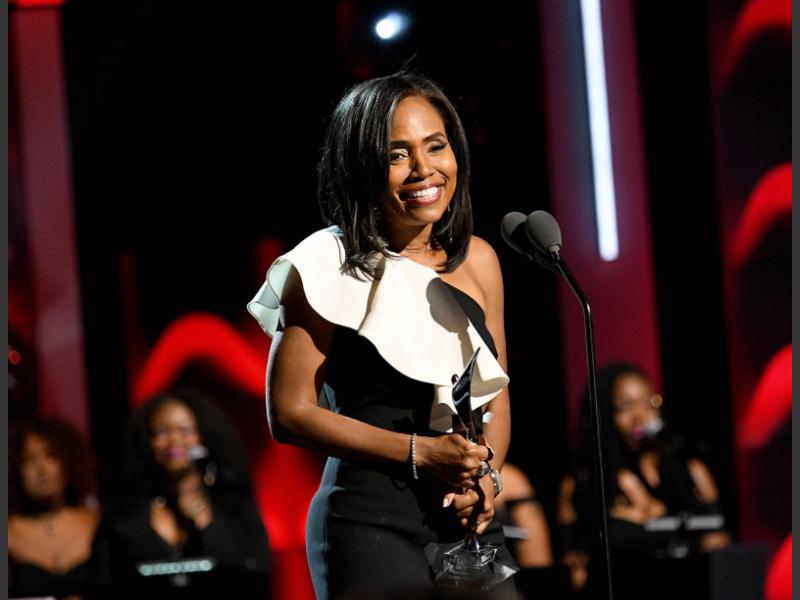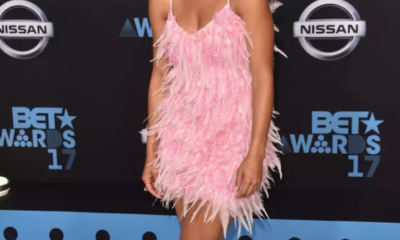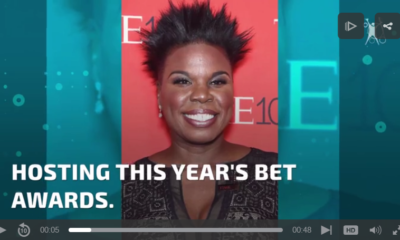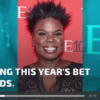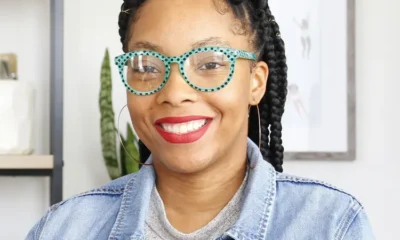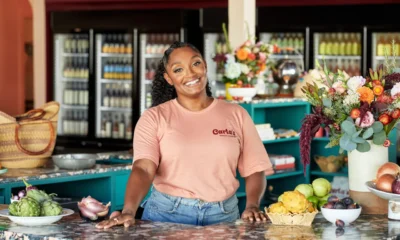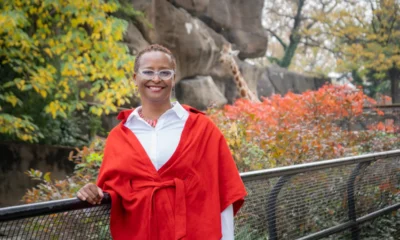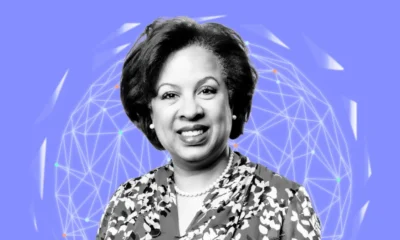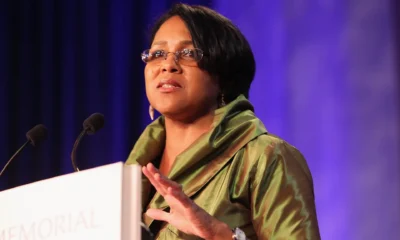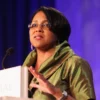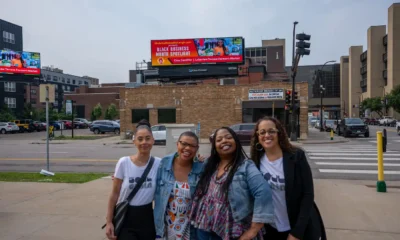Black Women in Business
Savannah native Suzanne Shank honored at BET Black Girls Rock! awards
Growing up in Savannah, Suzanne Shank was your typical overachiever — a cheerleader and homecoming queen, editor of the school newspaper and valedictorian of the Sol C. Johnson High School Class of 1979.
But the path she has taken since has been anything but typical.
Earlier this month, Shank was honored at the star-studded Black Girls Rock! 2017 Awards, the annual BET television network celebration of top African-American women in the fields of entertainment, finance, politics and more. The show will air Aug. 22.
Shank, who was presented with the 2017 Shot Caller Award, is the CEO, co-founder and majority owner of one of the nation’s top minority and woman owned investment firms, Siebert Cisneros Shank &Co. She was recognized for being an accomplished pioneer in the world of finance and a role model for African-American women and girls throughout the country.
She was presented the honor at the Aug. 5 ceremony at the New Jersey Performing Arts Center in Newark.
Other award winners included U.S Rep.Maxine Waters,iconic singer Roberta Flack, Yara Shahidi from the hit show “Black-ish;” Isaa Rae, the writer, actress, producer and creator of “Insecure;” pop star Solange Knowles and community organizers Derrica Wilson and Natalie Wilson of the Black &Missing Children Foundation.
“I am humbled to share the stage with these talented and dynamic black women,” Shank said.
“I came from modest beginnings but had encouragement from my parents and mentors that allowed me to achieve a level of success I never imagined. I hope my path serves as an example and provides encouragement to girls and young women to dream big and to pursue their dreams fully.”
In addition to her parents’ unwavering support, Shank credits the late Elpie Parris, her guidance counselor at Sol C. Johnson High, with steering her to a STEM education long before the acronym for Science, Technology, Engineering and Math was coined.
“She told me, ‘You’re good in math and science. You should consider engineering.’ “I only had a vague idea of what that was, but I did a little research and learned that the average engineering student received between six and eight job offers at graduation,” Shank said. “That sounded good to me.”
She chose Georgia Tech, earned a degree in civil engineering and, as predicted, found herself with multiple job offers.
It took only two years of working for General Dynamics in Atlanta for Shank to realize she was drawn to financial management more than engineering.
“So I decided to go back to school to get a graduate degree in finance,” she said.
She applied and was accepted to Harvard, Columbia and the Wharton School of Business at the University of Pennsylvania.
She chose Wharton “because it was more analytical, and that was what I was most comfortable with.”
Starting over
It was a gutsy move for someone already beginning to shine in engineering circles. Because she was just breaking into another discipline, she was at a decided disadvantage when it came to snagging that all-important summer internship midway through graduate school. A relative unknown in the finance world, she was not invited to interviews with the prestigious Wall Street firms.
Undeterred, Shank took the train into New York City and — armed with little more than a subway map, her resume and a healthy dose of bravado — began to knock on doors in the city’s financial district. Her determination paid off.
“I think I got the last summer internship on Wall Street,” she said.
It was with a financial advisory firm — small but with an excellent reputation. There, Shank got her first taste of the world of municipal bonds and discovered that structuring bond deals was her forte. After earning her MBA, Shank was offered a permanent job at her internship firm. But two months later, the “Black Monday” stock market crash of 1987 taught her a valuable lesson.
“I quickly learned that this business is cyclical,” she said. “And out of crisis comes opportunity.”
For the next decade, Shank worked for several financial firms, including Grigsby Brandford &Co., where she met and became friends with founding partner Napoleon Brandford. In 1996, she and Brandford were approached by Muriel Siebert — a Wall Street icon and the first woman to own a seat on the New York Stock Exchange. Siebert proposed forming a firm and a partnership was struck. By 2006, Siebert, Brandford Shank &Co. had become one of the country’s largest African-American-owned investment banks, with some $360 billion in transactions to its credit.
That same year, Black Enterprise magazine named Shank one of the country’s “50 most powerful women in business.” With Siebert’s death in 2013 and Brandford’s retirement in 2015, the firm realigned its ownership structure under Shank’s leadership to create the pre-eminent black, Hispanic and woman-owned firm on …
Please read original article- Savannah native Suzanne Shank honored at BET Black Girls Rock! awards



